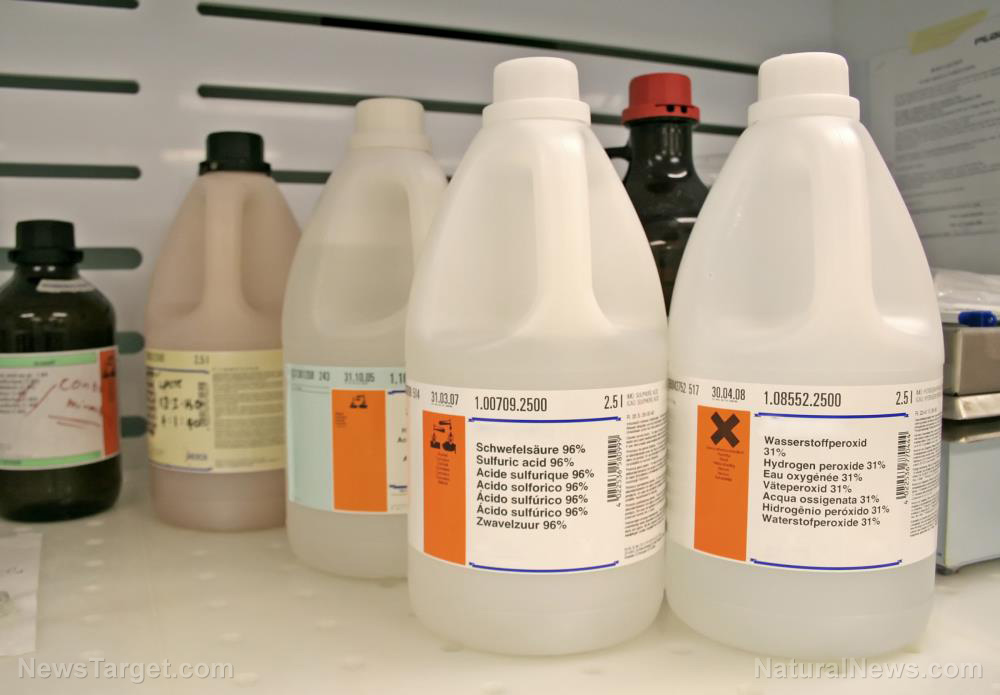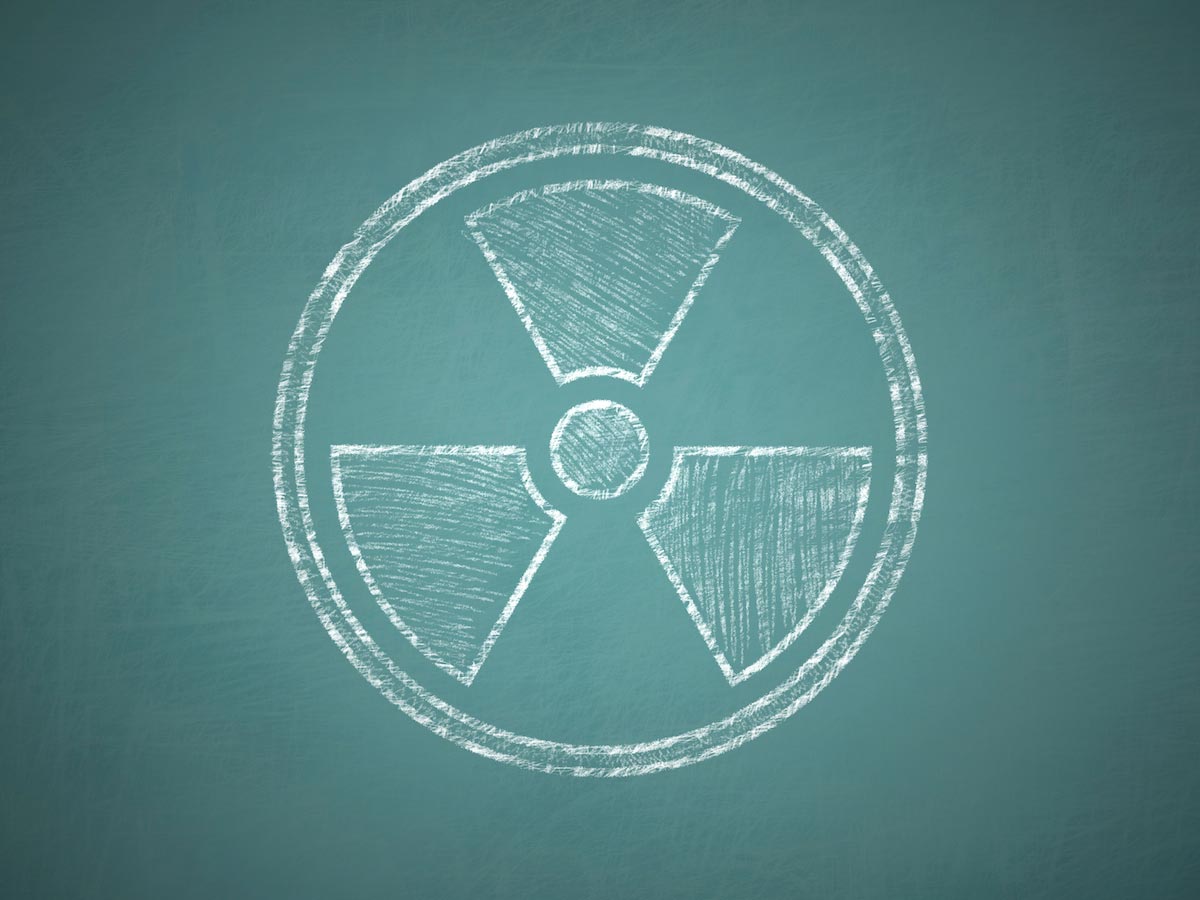
The researchers led by Dr. Siva Karuturi found a way to produce hydrogen through electrolysis without an external source of electricity and any carbon emission. Their research has been published in Advanced Energy Materials.
The method used by the researchers is called the solar-to-hydrogen approach because they used the sunlight directly instead of using the electricity produced by solar panels. The method also reduced the cost of electrolysis by using inexpensive materials as semiconductors.
"There are significant cost benefits to this solar-to-hydrogen approach as it eliminates the need for added infrastructure that's necessary when hydrogen is produced using an electrolyzer," Karuturi said.
The researchers used a combination of perovskite cells with specially designed Si electrode to absorb the sunlight. To ensure its stability, the perovskite cells were improved by research co-author Dr. Heping Shen, who is an expert in perovskite.
The solar-to-hydrogen approach also uses noble-metal such as platinum, but the researchers are already at work to find a cheaper alternative.
With their method, the researchers increase the energy conversion efficiency of electrolysis to 17.6 percent, which is close to the 20 percent conversion rate of a solar panel.
Hydrogen turning into an economy by itself
Hydrogen is slowly turning into an economy by itself as scientists work to find cleaner energy sources to reduce carbon emissions and save the environment. It can be found in many compounds used on a daily basis, including some compounds used for fuel such as coal, petroleum, natural gas and water. (Related: Enormous supply of clean hydrogen fuel can now be tapped for the hydrogen economy.)
Since hydrogen can be produced from so many different sources, any country that can produce it will have energy security.
The production of hydrogen emits almost no greenhouse gas. Once hydrogen is produced, it generates electricity in a fuel cell while only emitting vapor and water.
In other words, it is clean to produce and use.
The two common methods of producing hydrogen are steam-methane reforming and electrolysis.
Steam-methane reforming is used when trying to produce hydrogen from hydrocarbon compounds such as petroleum or natural gas. The method calls for high-temperature steam (1,300?F-1,800?F) that is forced on methane (CH4) at a pressure of 3-25 bar and in the presence of a catalyst. The reaction emits not only hydrogen but also carbon dioxide in small quantities and carbon monoxide. Although this method is the cheapest way to produce hydrogen, it is not the cleanest.
Electrolysis, on the other hand, is the process of splitting hydrogen from water using an electric current. This method only emits hydrogen and oxygen if the electricity used comes from natural sources like the sun, wind or water, and a little bit of carbon if the source is a fossil fuel. The issue with this method is the cost of building the infrastructure to produce the electricity used in the electrolysis and the environment for the reaction itself.
The solar-to-hydrogen approach used by the ANU researchers addressed those issues.
"To produce hydrogen in the past, solar plants had to produce electricity which is then used to electrolyze water to produce hydrogen. This new method is more direct, making it more efficient," Karuturi said.
Solar panel converts sunlight into hydrogen using air moisture
A March 2019 article published by IEEE Spectrum described one of the early prototypes used to produce hydrogen.
A team at Katholieke Universiteit Leuven in Belgium said it has developed a solar panel that converts sunlight directly into hydrogen using moisture in the air. The prototype takes the water vapor and splits it into hydrogen and oxygen molecules.
Professor Johan Martens and his team of engineers said that their prototype could produce 250 liters of hydrogen per day on average over a full year.
The team estimated that a family living in a well-insulated Belgian house could use about 20 of the panels to meet their power and heating needs during an entire year.
Each solar panel is 1.65 meters long and has a rated power output of about 210 watts. The system can convert 15 percent of the solar energy it receives into hydrogen, the team said.
According to Martens, his team used "cheap raw materials" instead of precious metals and other expensive components. "We wanted to design something sustainable that is affordable and can be used practically anywhere," he told VRT, a public broadcasting network in Belgium.
Follow Hydrogenwater.news for more news and information related to the production and use of hydrogen.
Sources include:
Please contact us for more information.























